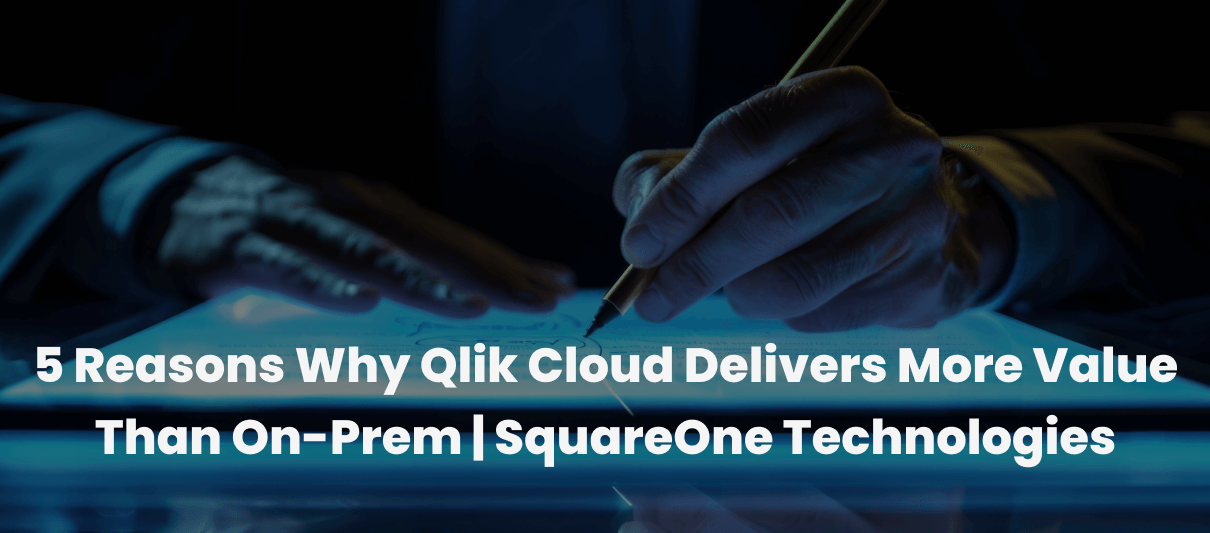How are BPM Solutions Modernising Public Sector Services?
Speed, Convenience, Transparency.
These aren’t bonuses—they’re basics now. Truth is that people expect a lot from digital experiences today. Whether it’s ordering groceries, booking a ride, or checking their bank balance, everything is fast, intuitive, and seamless. So, why should dealing with government services feel like stepping back in time?
Unfortunately, many public sector organizations still rely on outdated systems, paper-heavy processes, and complicated layers of bureaucracy. This gap between citizen expectations and government capabilities doesn’t just cause frustration—it erodes trust.it erodes trust.
The good news? It doesn’t have to stay this way. With the right tools—specifically Business Process Management (BPM) solutions—governments can modernize their operations and build public services that are efficient, transparent, and built around the people they serve.
Rethinking Public Services with BPM
Rather than patching problems with piecemeal tech upgrades, BPM offers a full framework for improving how government agencies work. It helps streamline workflows, break down silos, and ensure services run more smoothly.
With BPM tools in place, agencies can:
- Automate repetitive, manual tasks
- Improve how departments share and access information
- Provide faster, more consistent service to the public
- Gain better visibility into operations in real time
From processing permits to managing budgets, BPM systems bring much-needed agility and efficiency to public sector work.
Why Modernisation Still Feels Out of Reach
Transforming how a government agency works isn’t easy—there are real, persistent challenges that get in the way. Some of the biggest ones include:
- Too much red tape : Multiple layers of approval and old-school processes create delays
- Legacy systems: These can be costly to maintain and don’t always play well with modern tech.
- Manual workflows: These slow things down and increase the risk of errors.
- Rising costs: Operating outdated systems is inefficient and unsustainable in the long run.
That’s where digital transformation partners like SquareOne Technologies come in—helping governments overcome these barriers with smart, sustainable BPM strategies.
Going Beyond Portals: The Real Value of BPM
Give citizens and staff real-time visibility into processesLaunching a digital portal is a great start, but it’s not enough. What really makes a difference is connecting the backend systems and workflows that power those services.
With the right BPM and workflow tools, governments can:
- Reduce service turnaround times through automation
- Give citizens and staff real-time visibility into processes
- Ensure smoother coordination between departments
- Use data insights to better manage resources
This kind of transformation strengthens trust and helps public institutions stay ahead of growing expectations.
Real-World Applications: BPM in Government
BPM tools aren’t limited to one department or function—they can be applied across many parts of government, including:

1.Citizen Services
Licensing, permits, birth certificates—all can be processed faster and more transparently through self-service portals.
2.Document Management
Automates internal and public communications, including RTI responses and official memos.
3.Finance & Budgeting
Simplifies tax processing, budget planning, and subsidy disbursement with greater accuracy.
4.Cross-Department Collaboration
Improves how teams share information and approvals across departments, reducing delays.
5.Compliance & Risk Management
Creates digital audit trails and enables real-time compliance tracking.
BPM vs. Workflow Tools: What’s the Difference?
It’s easy to confuse workflow tools with full-scale BPM platforms, but they serve different purposes.
- Workflow tools are great for improving individual tasks or team productivity.
- BPM solutions take a broader view—optimizing end-to-end processes and creating long-term change.
In most cases, the best approach combines both: use workflow tools for immediate improvements, and BPM platforms to support a bigger digital strategy. SquareOne helps public sector clients find and integrate the right mix based on their unique needs.
The Bigger Picture: Better Services for Everyone
Done right, BPM systems give governments a powerful set of capabilities to better serve their citizens. That includes:
- Faster, more reliable service delivery.
- Transparent processes the public can trust
- Systems that adapt to policy or regulatory changes
- Clear communication and coordination across departments
- Tools to track performance and manage compliance more effectively
Ultimately, it’s about creating public services that are inclusive, efficient, and easy to use.
Choosing the Right BPM System
Not all BPM solutions are built the same. When evaluating options, public agencies should look for platforms that offer:
- Flexibility to scale as needs grow
- Integration with existing (even older) systems
- Strong security and compliance features
- Customization to match unique processes
The wrong tool can create more headaches than solutions. That’s why SquareOne works closely with agencies—helping them choose and implement the right BPM strategy for long-term success.
Looking Ahead: BPM and the Future of Public Services
BPM isn’t just about automating tasks anymore. It’s becoming a key part of smarter, more responsive governance. With AI, cloud computing, and real-time analytics, BPM can help governments:
- Predict citizen needs before they arise
- Share information securely across regions or countries
- Use data insights to inform better public policy
- Create systems that adapt as expectations change
Governments that invest in BPM today aren’t just catching up—they’re preparing for what’s next.
Guidelines for Adopting the Right BPM Solutions in the Public Sector
The success of the government depends on the selection of an appropriate solution. Issues such as scalability, compatibility with the existing systems, data security, and regulatory compliance will need to be considered.
A poorly chosen tool can cost a taxpayer money and halt digital transformation efforts. SquareOne works with agencies to identify and deploy the best business process management software to achieve long- and short-term sustainability.
In Conclusion
Public expectations have changed. People want services that are fast, easy to use, and built with their needs in mind. For governments, that means moving away from outdated processes and embracing smarter solutions.
Business Process Management isn’t just about tech—it’s about transforming how public services are delivered. With the right tools and the right partner—like SquareOne—governments can turn complexity into clarity and deliver services that truly work for everyone.
Looking to modernise your agency's services?
Contact Square One today to explore the best business process management software for your needs.
















